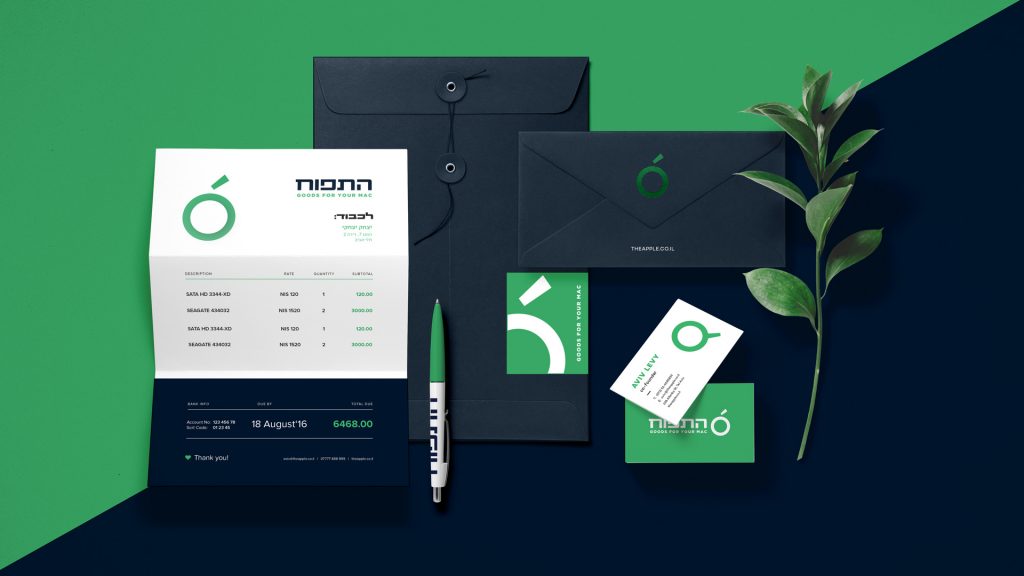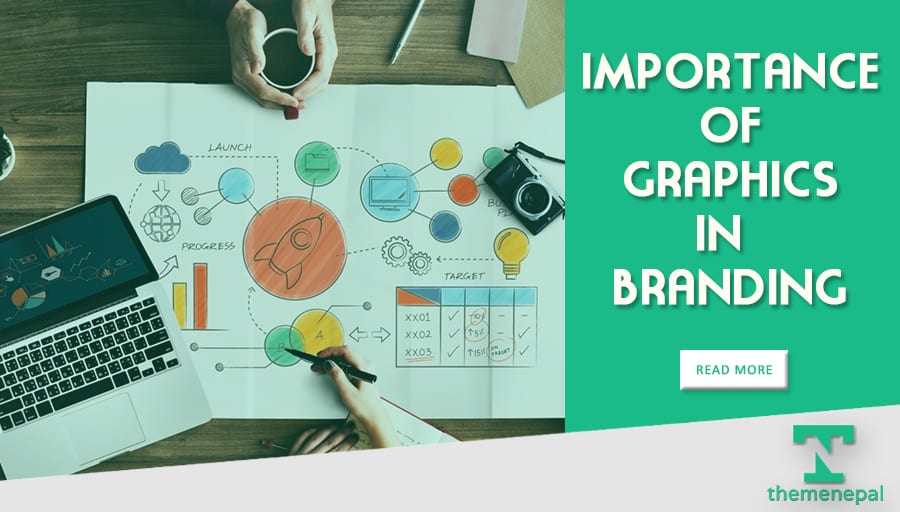DESIGN IS THE SILENT AMBASSADOR OF YOUR BRAND
How Graphics helps in Branding?
Graphics in Web Development and Online Advertising – Logo Design, Banner Design, App Design, Business Cards, Website Design, Brochure Design, Digital Marketing.
About brand
Most people believe a brand consists of few elements like fonts, logo, slogans, colors and maybe some music addition too. In reality, it is more than that just above. A brand is an identity that is larger; distinct and is associated with a company. What the term brand includes is much harder to determine. It certainly encloses logos and visual position created by brand identity. Also, it includes areas which may not be designed side of a business like messaging, content and storytelling. It also covers the customer service and client experience. Some people may even summarize this as an abstract idea of a promise.
Brand Identity and its Components
When a logo is designed it gets used to many different applications. These may be simple as the logo being placed at the top of the letter and calling it letterhead. Brand Identity is the message that a consumer receives from the product, organization, or person. It connects product recognition. All the components that relate to a service, person, company or a product are “brand identity”. These components are the name, tagline, logo, typeface, and shape that create an appeal. Brand identity and brand image are two different categories. It must set guidelines and consistency. Whether, the product is an image, person, consistency exhibits, marketing support, product leadership, or an item and operation.
Things to remember while Branding
One of the most important things in branding is clarity of what is being offered, whether it is a service, product or a person. Graphics and consistency also plays a huge role in branding. It gives the information about what to be expected from a product or individual. The maintenance of a reputation of the corporate or product is essential to the branding.
Keeping these things in mind, what follows is an overview of the 7 key design elements that are needed to create a brand identity which is strong, consistent, and attractive.
o Clear brand purpose and positioning
o Professional typography
o Likable brand personality
o Attractive color palette
o Thorough market research
o Memorable logo
o On-brand supporting creative graphic designs

With this, we can say that branding the business goes beyond just a logo and encompass the overall product that is you or your company. This includes things like photography, slogans, fonts, video, colors, etc. A brand is the first impression of any business or product. It is the constant spokesperson. Different colors can define you as inviting and warm or cold and serious. Creative messaging can show to as customer-focused of giving different impression altogether. And all this should be considered and implemented in the branding process.
Definition of logo?
A logo is a graphic that serves to represent your organization or company in a way that sets you apart from other companies through a visual image that can be easily understood and recognized. They are meant to identify the brand behind it and generally involve stylized text, symbols or both. They are created by graphic designers. A logo does not sell or rarely describe a business. It identifies a product or company via the use of flag, symbol or signature. It is a graphic symbol representing a corporate identity.
Making your Logo Unique

Most people don’t see the word “Pepsi” on a bottle of soda pop to identify the brand. If all they catch is the blue label and the swirling logo, they know precisely what type of soda is looking at. It is a corporate signature. Its main purpose is identification. In the case of humans, we don’t identify by hair color, clothes or age. Our names are our identifiers. Logos do the same. They symbolize the business in a way that is easily recognizable.
A logo is important since it communicates all of these things indirectly. It is the one of the major influencing factors in Advertisement.
How Does Graphic Design Fit Into Branding?
Now that we understand the branding process, let’s discuss the role that a graphic design plays in Branding. Graphic design is the practice of planning and projecting ideas and experiences with textual and visual content. It may be physical or virtual which include words, graphics or images, and ideas to convey information to an audience, especially to produce a specific effect. Branding pulls together the artifacts, like a logo, advertisement, or a business which are in over time is the design work. Brand expresses everything that a business provides to its customers. How clients perceive your brand directly impacts on your success. The graphic design uses visual devices- logos, fonts, packaging, illustrations, etc. to create an identity. They outline image sizes, color pallets, fonts, and more. This ensures that the corporate identity is cohesive.
Design: the foundation of your brand identity
Expressive designs can be very persuasive. Think of your own experiences as a consumer. Have you ever chosen a product simply because you liked the way it looked?
As Adidas built the brand identity of your school star athlete persona, likewise your design is what will build the brand identity of your company. Design assets are the elements that will determine how clients perceive your brand. In other words, strong design shows strong brand identities which ultimately results in successful business.
How Branding Strategy Influences Your Graphic Design
Bringing branding strategy into the graphic design is every business need and it is not an easy task. Let’s suppose you have a cohesive idea for brand identity. You now need a professional graphic designer to work and translate your ideas into reality. The question that comes with every Graphic Design element is “Is this Design consistent with our brand?” This shows how your brand strategy influences the application of graphic design.
You will be working on designing different materials and considering several shapes, fonts, colors, sizes, etc. Every design should be developed against that singular one-question test and should be refined continuously until they complement and empower your brand message.



